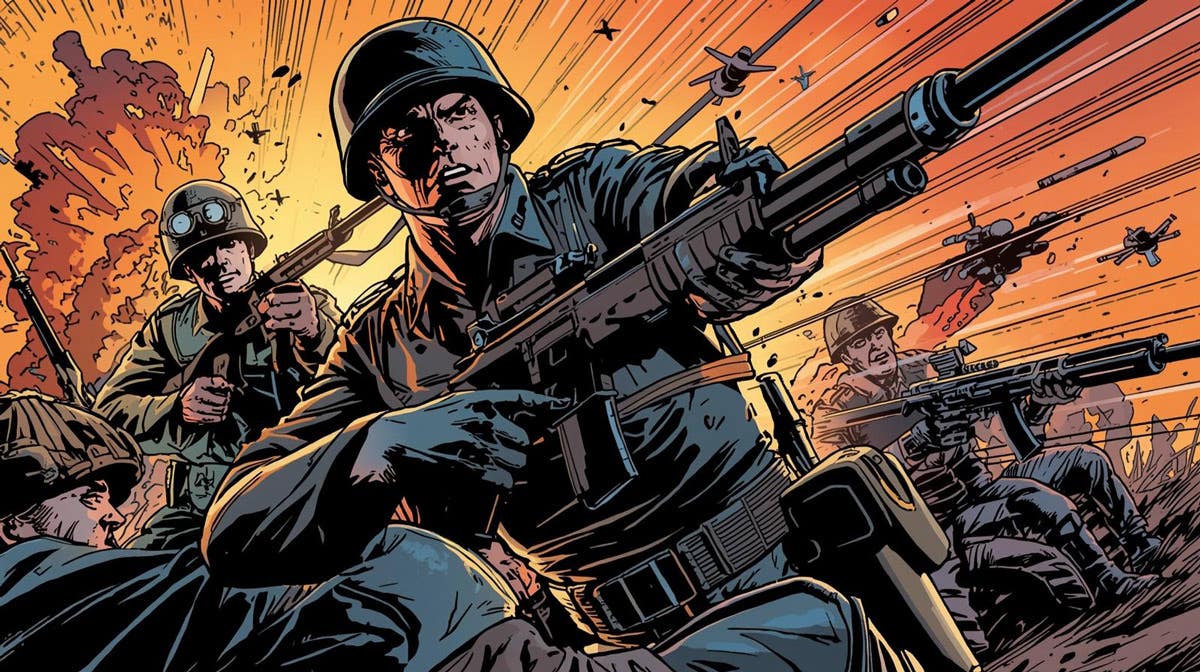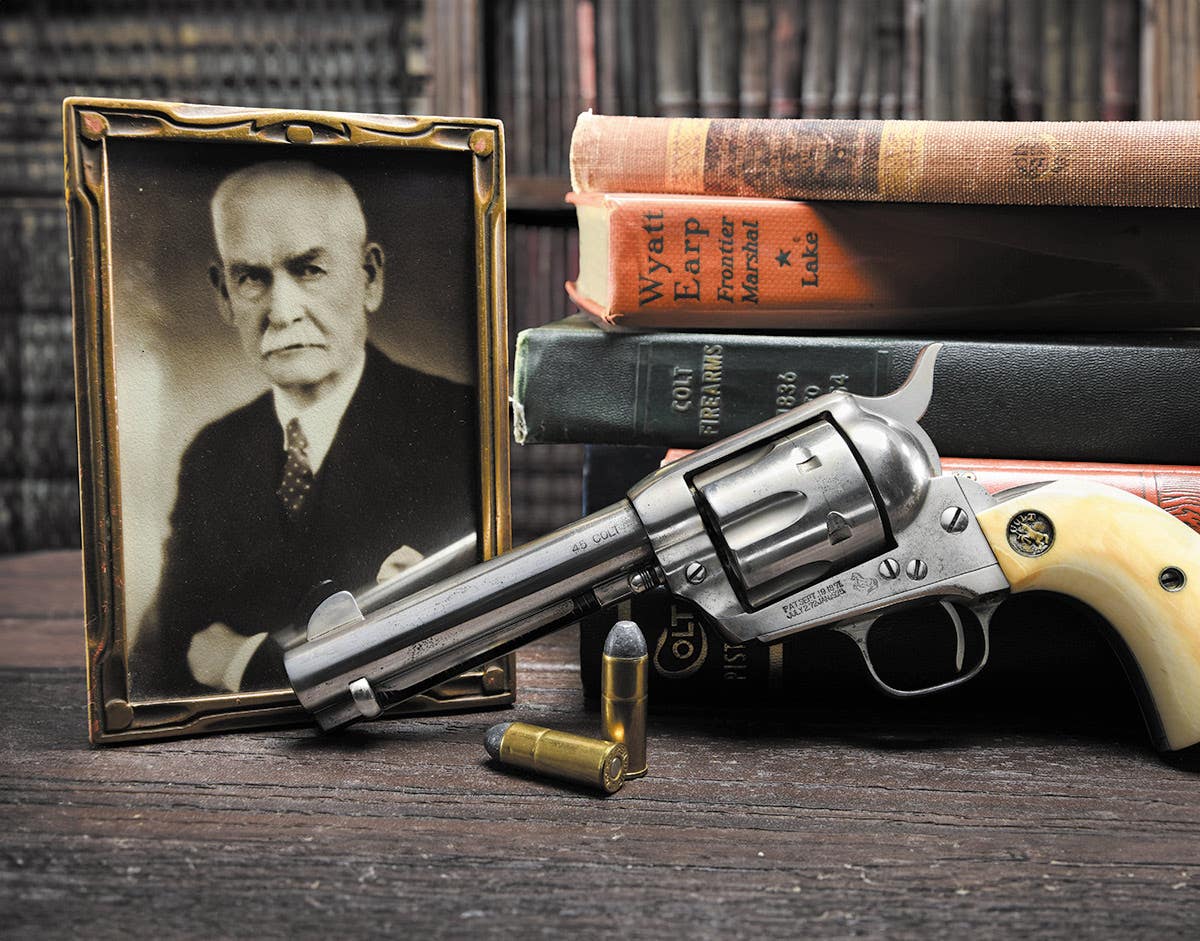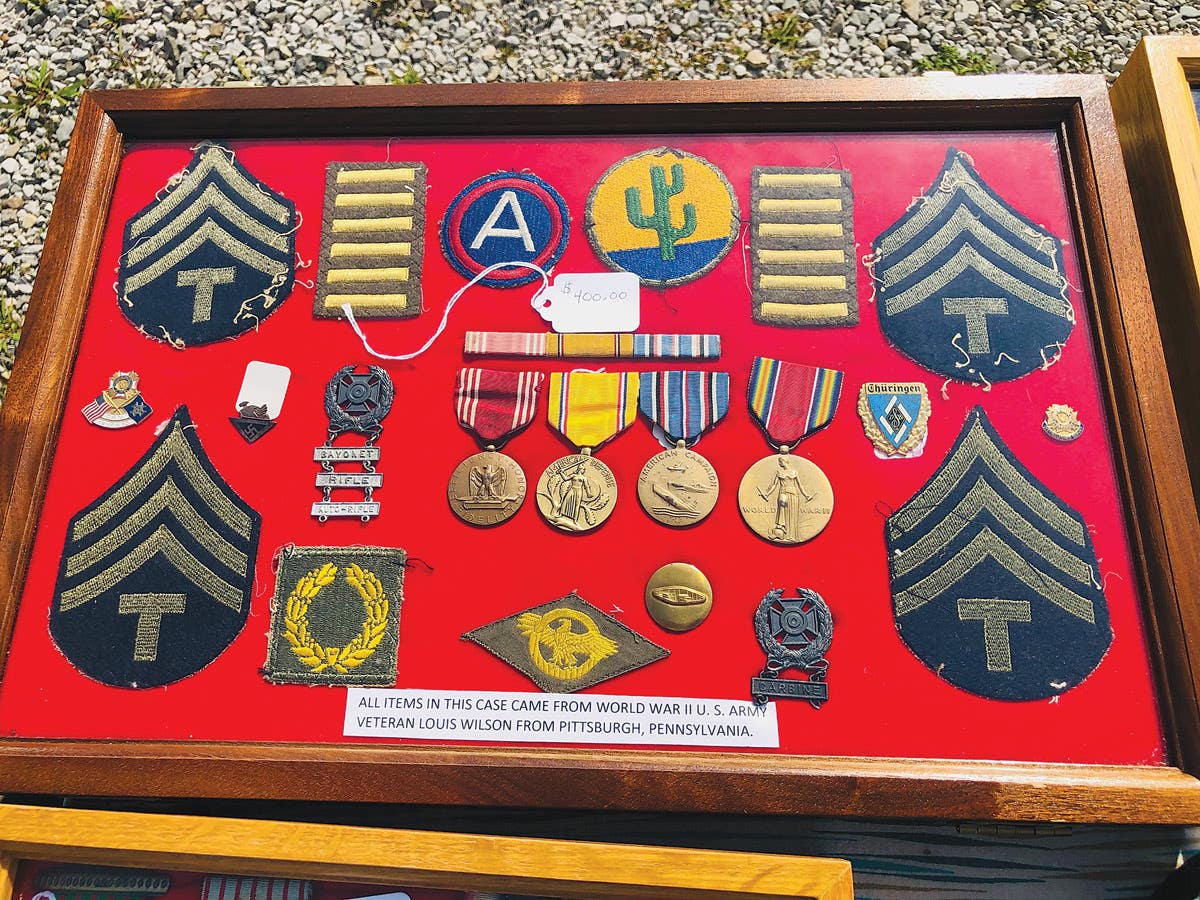Descendants of Lee’s surrender dedicate Civil War stamps
APPOMATTOX, VA — On April 9, nearly 150 years ago to the minute — two descendants of soldiers portrayed in an iconic painting depicting Robert E. Lee’s surrender to Ulysses…
APPOMATTOX, VA — On April 9, nearly 150 years ago to the minute — two descendants of soldiers portrayed in an iconic painting depicting Robert E. Lee’s surrender to Ulysses S. Grant at Appomattox helped dedicate the stamp depicting this historic event.
A stamp memorializing the Battle of Five Forks also was included in the dedication ceremony that marks the conclusion of the Postal Service Civil War Sesquicentennial Forever Stamp series. The public is encouraged to share their thoughts on the stamps using #CivilWar150.
“In these images, we see the story of America — and remarkably, all this is done in the size of a postage stamp,” said Pat Mendonca, U.S. Postal Service Senior Director for the Postmaster General/CEO. “From this day forward, the images of these historic events will be carried on letters and packages to millions of households and businesses throughout America. And in issuing these new stamps, the Postal Service has been proud to participate in a valuable effort to commemorate and reflect anew on a critical era of our nation’s history.”
Joining Mendonca in dedicating the stamps was Dennis Bigelow, descendant of Lt. Col. Chas. Marshall, Lee’s aide at the Appomattox surrender (pictured to Lee’s immediate right in stamp image); Al Parker, descendant to Grant’s Military Secretary Lt. Col. Ely S. Parker (pictured to Grant’s immediate left); Acting Superintendent Appomattox Court House National Historical Park Robin Snyder; Appomattox Court House National Historical Park Historian Patrick Schroeder; and Chief Historian/Chief of Interpretation Fredericksburg and Spotsylvania National Military Park John Hennessy.
“On the morning of April 9th, Col. Marshall remembered his only refreshment that day," explained Bigelow, “‘This was our last meal in the Confederacy. Our next will be taken in the United States.’”
“As our nation observes the 150th anniversary of the end of the Civil War, we are reminded that these momentous events continue to shape the America we know today,” said Snyder. “These commemorative stamps from the U.S. Postal Service shine a light on the significance and ongoing relevancy of these events that altered the course of our nation’s history.”
The Civil War Sesquicentennial stamp series was designed by art director Phil Jordan of Falls Church, Va.
The Waterloo of the Confederacy
The Battle of Five Forks, often called “the Waterloo of the Confederacy,” was the decisive clash that led to the end of the Civil War.
By March 1865, Robert E. Lee’s Army of Northern Virginia was isolated and exhausted after more than nine months in trench lines holding back the forces of Ulysses S. Grant at Petersburg. Grant ordered Union General Philip Sheridan to advance his cavalry toward Petersburg’s last remaining supply line, the South Side Railroad, by way of Five Forks, so-called for the five roads that intersected there.
With infantry support from the Fifth Corps under General Gouverneur Warren, Sheridan moved on April 1 to dislodge Confederate General George E. Pickett’s forces from their entrenched position at Five Forks. Sheridan’s cavalry and Warren’s infantry scattered Pickett’s badly outnumbered troops and shattered his line of defense.
Both Richmond and Petersburg fell after the Battle of Five Forks. Grant sent Lee a note pointing out the “hopelessness of further resistance on the part of the Army of Northern Virginia.”
Lee’s Surrender at Appomattox
On the morning of April 9, as Federal troops blocked his path south and west, Lee attempted to reach the railroad at Appomattox Station to receive supplies sent there from Lynchburg. When Confederate General John B. Gordon sent word that his attack on Union cavalry blocking the stage road had failed, Lee replied, "There is nothing left for me to do but to go and see General Grant, and I would rather die a thousand deaths."
Grant and Lee met later that day at Appomattox Court House at the home of Wilmer McLean. Grant’s terms for surrender reflected President Lincoln’s views on avoiding vindictive conditions. He paroled the surrendered Confederates and allowed them to return to their homes, rather than face internment or the threat of trials for treason. At Lee’s request, Grant let men keep their horses “to put in a crop to carry themselves and their families through the next winter.” Lee believed this would “do much toward conciliating our people.”
Although other Confederate armies remained in the field, the surrender of the Army of Northern Virginia—the force that had famously routed the Union’s Army of the Potomac at Manassas, Fredericksburg, and Chancellorsville — signaled an end to the war.
Other stamps in the Sesquicentennial Civil War Series include:
2011: Ft. Sumter and the Battle of First Manassas
2012: Battle of New Orleans and Antietam
2013: Gettysburg and the Siege at Vicksburg
2014: Mobile Bay and Petersburg
Nearly 11 million stamps were printed. Customers may purchase the Civil War Sesquicentennial 1865 collectible Forever Souvenir Stamp sheet at usps.com/stamps, at 800-STAMP-24 (800-782-6724) and at Post Offices nationwide.








